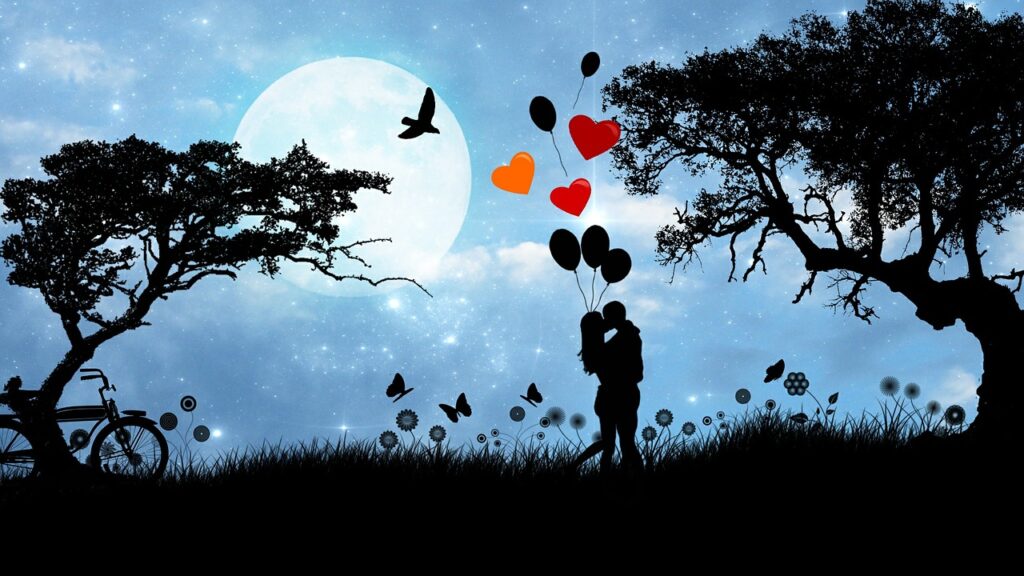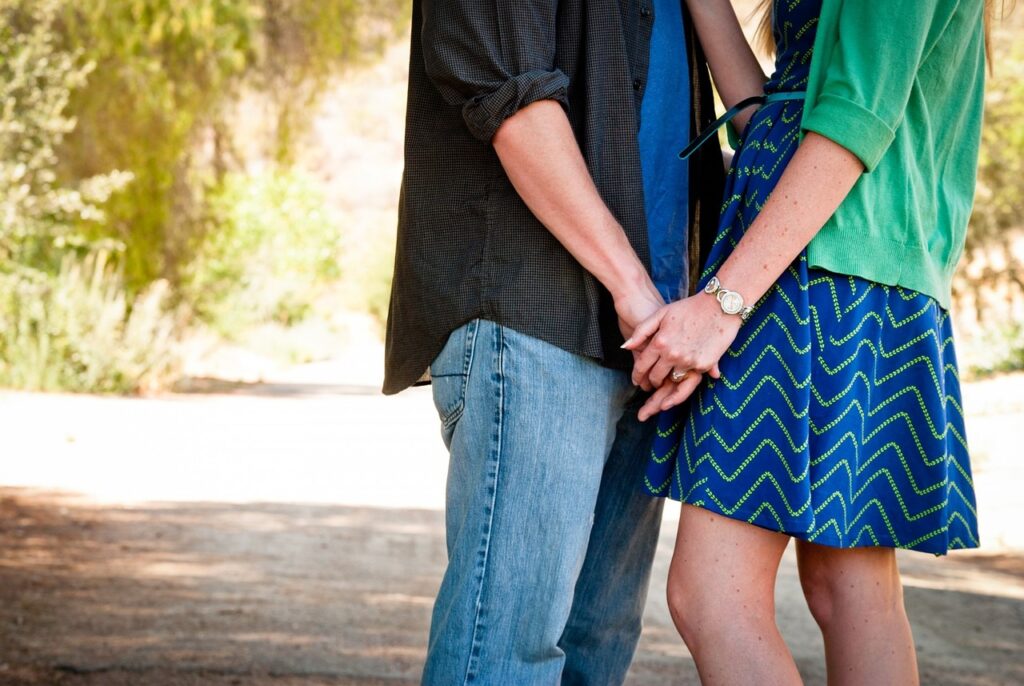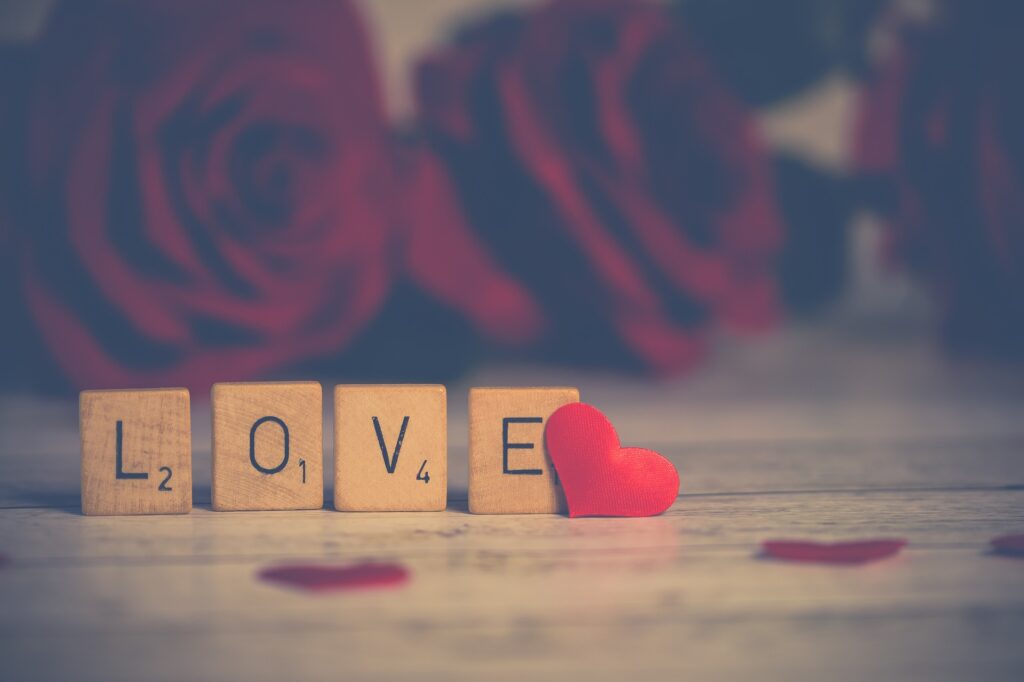But Julie, I don’t do that! I love romance books!
Me too, dear reader, me too. But I bet you know someone who scoffs at your romance books. Maybe they even assume you’re just reading plotless smut? Hear me out….
When I first had the idea for my work in progress – which I will abbreviate to SYAOC – it came to me, as it does for many writers, as a dream. There was a girl, there was a boy, meet cute, sparks fly, lots of floating hearts. Yet when I sat down to actually plot out the story for this contemporary YA (young adult) novel, I rebuffed the idea that it was a romance.
Romance books were much steamier than what I wanted to write. They were bodice rippers, filled with graphic scenes of acts I couldn’t even read without blushing. As a writer and an avid reader, I should have known better. When I searched my local library for audiobooks, I almost always had the same parameters – young adult and romance. So why was it that when I planned my story, the only definition of romance I thought of was a very narrow depiction? And why was my instinct to claim my story was more than JUST a romance?
Let’s explore that, shall we?
What is a “Romance” book?

The most widely accepted definition of a romance is actually pretty simple
Romance Writers of America summarizes this very well:
“Two basic elements comprise every romance novel: a central love story and an emotionally satisfying and optimistic ending.”
This ending usually comes in one of two ways. These are the HEA, happily ever after and the HFN, happy for now. This means that the main couple of the story must either end together forever or end together for now.
That’s it.
Nothing about the amount of clothing that needs to be torn off, or the level of rippling muscles that must be described. The couple just needs to be together when the curtains close.
In YA, it is more common to see the HFN, as the partners we have in our teens are usually unlikely to be the ones we spend the rest of our lives with. (Yes, I know there are exceptions – don’t come at me high school sweethearts! You’re the rarer breed, I promise!)
So if the definition of a romance book is just that the couple needs to end up together, why is it that when we think of romances we usually picture paperbacks with half-dressed long-haired men with busty women draped over their massive arm? Or is that just me?
I think this has to do with what we see in the market. The industry of selling books is a business, a gigantic business, fueled by trends. What’s popular? What will sell? That is the most important thing for a publishing company. After all, if a business isn’t profitable, it won’t be up and running for very long.
Romance is a big seller in the publishing industry. In fact, it doesn’t take much research to determine that most people cite romance as consistently being the top selling genre. According to an article by Argyle Fox Publishing from 2021, the romance genre alone pulls in over $1 billion in revenue a year, which accounts for 1/3 of the entire fiction market in the United States.
And what is the first experience we often have with a book? The front cover. Before you even pick up a book to read the jacket, you’re going to be influenced by the picture on the front. For this reason, books that have more than just their spines showing are likely to sell better.
So why have romance books traditionally featured a couple on the front? Well, that’s the promise that the book is giving you, isn’t it? Look, here is the couple. They’re going to meet and there is going to be tension between them and you’re going to want to come along for the ride.
While perusing TikTok the other day, I came across a video in which the creator noted how many books in the historical fiction section featured a woman walking away. Unfortunately, I don’t remember the name of the creator, or I’d credit them. But it is an interesting observation. Like with romance novels featuring a couple on the front, clearly someone in the publishing industry has determined that having a person walking is the best way to capture the interest of those perusing the historical fiction genre.
It’s all about trends!
How my perception has changed

If, like me, your first thought when you think of a romance is a steamy bodice ripper, I encourage you to widen your perception. Is there anything wrong with that kind of romance book?
Heck no!
Just because a book has steamy scenes doesn’t mean it can’t have great writing, excellent characterization and a compelling plot. I recently read a delightful book by debut author Jen Devon called Bend Towards the Sun. Was it steamy? A veritable sauna! Was I somewhat hesitant because of my misconceptions about the genre? Definitely. But it gave me everything I could have wanted out of a book. It has characters with flaws to overcome, and goals to achieve. It has beautiful descriptions of the natural world, a deep understanding of botany, interesting family dynamics, and, you guessed it, romance.
I think it was actually this book above all else, followed by a discussion with the author herself, that made me realize that what I was writing was a romance.
Writing Romance

Now that you’ve hopefully opened your mind to the spectrum of what romance books can offer, let’s talk about writing romance. I don’t presume to be an expert on this, by any means, but as I have just realized the joy I experience embracing my book as a romance, I want to share it.
There is a plot structure romances follow, one that includes meeting, falling in love, having conflict and finally ending up together. These are pretty standard plot lines readers expect. BUT they are not required in that exact format, as we’ve established, to create a romance. As long as we have two characters in a relationship who end up together when the book ends.
I know I’ve talked before on this blog about the idea of promises and payoffs (and I’m sure you’ve all been keeping up with everything I’ve written and know exactly what I mean!). Recently I watched a movie that claimed itself as a romance. I won’t say which one, as I will be free with my spoilers. While I would like to warn people ahead of time so they’re less blindsided by the ending than I was, that isn’t my decision to make for viewers.
To the point.
Let me tell you what I think the promise was. This movie had all the makings of a great young adult romance. The couple met in high school. They butted heads a bit at first but came to know each other and realize they had great chemistry and similar interests. Sparks fly. They fall in love. Cue some will they, won’t they, culminating with a dramatic twist that leaves our couple unsure of their future together. Insert some emotional moments, some soul searching, and the final push to reunite. Things get patched up, but one of them is moving away. They promise to keep in touch until they can be together again.
That would have been an okay spot to end this! In typical YA fashion, they would have ended happy for now! I could have got behind that. In fact, I enjoyed the movie so much until that point that I was taking notes for my writing. They’d captured the awkwardness of being a teenager, the excitement of first love, and all the embarrassing things you think will surely kill you in your teens but end up working out.
It’s a side tangent to be sure, but that is actually what this movie did best. It reminded me of what it was like to be a teen again. To feel that everything that happened, every decision, was massive and life altering. I was in awe of the writing.
Until the end.
Romance enthusiasts to arms!
Now, I should be clear when I say that the agreed upon definition of romance I have stated is as it applies to novels. It’s possible that the same principles apply to movies and tv shows as well, but I don’t know for certain. I am still fully prepared to complain that this movie did not fall into this definition that I have declared is the pinnacle of all romance. (As though it was my right to declare such a thing…..)
They didn’t end up together.
Worse than that… the male lead died. And we don’t even find out how! It felt pointless.
They keep in touch after he moves away, making promises for the future, until one day the male lead stops responding to any form of communication. Years pass by, we see the female lead is hugely impacted and doesn’t seem to really have other romantic relationships. Then roughly ten years later she finds out that he stopped responding because he died and oh by the way, someone just now thought she should know.
I was shook.
Now you might think, Julie, are you only using this blog as your platform to rant about a movie you just watched? Surely you could just do that to your friends and family.
Well dear reader, I’m not JUST doing that… I promise.
To bring all this back to both a point I made earlier, and a previous blog post…
This movie felt to me like someone said “Yes, we want to make a romance. Romance is great. People love romance. But we don’t want it to be a typical romance. We want it to be bittersweet and different. We want to shock people with a twist ending.”
Which is fine. But that didn’t feel like what was being promised. It felt like I was being promised a romance – which we’ve established can come in any form as long as it has an HEA or an HFN. This didn’t deliver on that promise. So when I got to the end of the movie, I felt like my agreement that I’d made with the movie writers had been false.
And how does this relate to my previous blog post? Well, in my blog post on giving writing critique, I talk about providing actionable feedback that defines both what is, and isn’t working for you about a story.
This movie had so much going for it. I still think it is a good movie. But if I were recommending it to a friend, I’d tell them to stop when there are 25 minutes left in the movie if they want to watch this as the romance it is being sold as.
Which brings me to my reason for bringing it up at all. Why do writers insist on claiming something is a romance, but not want to follow the HFN or HEA rule? Like I did in the beginning, do they rebuff the idea that a romance can be more than a bodice ripper? Do they think that to have substance, it must not have an HEA or HFN ending?
I would be very curious to hear the answer to this!
Plotting Romance

The aforementioned Jen Devon was kind enough to introduce me to a craft book called Romancing the Beat. I’d previously dabbled with Save the Cat, so I was pretty familiar with story beats.
In fact, my novel, SYAOC, had been crammed into several plot structures before I found Gwen Hayes’ Romancing the Beat. If you haven’t heard of it before and you want to write romance, I highly suggest you check it out. It is an easy read and Gwen Hayes is hilarious. I would rank it as one of my favorite craft books.
To overly simplify it, the structure is as follows:
- Introduce character 1
- Introduce character 2
- Have the two characters meet
- Introduce the reason they shouldn’t be togheter
- Introduce a pull factor for why they WANT to be together
- Double down on reasons why they shouldn’t be together
- Double down on the pull factor for why they WANT to be together
- False victory – smooches and happiness
- Start introducing more problems
- Heap additional problems on top of those problems
- Show characters pull away/getting ready to run
- Break up/Falling out
- Growth moment
- Reunion/Grand gesture
- Happily Ever After/Happy For Now
It sounds pretty straightforward, and it’s probably similar to what you’ve seen before if you’ve read much about plotting a romance. I found Gwen’s descriptions helped drive home the goal of each beat.
I am also happy to say that I found when I applied the beats to SYAOC; I came out with something I wanted to write. And not just something that I wanted to write the most exciting chapters of, but something I wanted to write every chapter of.
If, like me, you want to have romance in your work, but you’re not sure you want to write a romance per se, I would strongly suggest trying out the different story beats to see what makes your story sing the way you envisioned.
Conclusions

We’ve examined what makes something a romance and talked about creating one, but have we really got to the bottom of why the genre is so often disregarded? Why I, myself, was prepared to write it off and force my novel into as many ill-fitting structures as I could rather than admit it was a romance.
Again, I am not an expert on the romance genre, on book publishing, or on human psychology.
I am prepared to make wild guesses, however.
I think what it comes down to is some dated beliefs. A few, actually.
First, that books with romance are just women’s fiction. That they’re frivolous and insubstantial.
Second, that books marketed as romance cannot contain writing worthy of critical acclaim.
And third, that romance books by definition must contain graphic scenes of human intimacy.
If you’ve gotten this far in my blog, I hope you know these to be false. I hope you challenge these stereotypes when confronted with them and that you don’t shy away from the idea of writing romances yourselves.
Thank you for taking the time to read my post (*cough* rant *cough*). If you feel like sharing, tell me in the comments what your thoughts are on romance books and why they might be disregarded as plotless bodice rippers.
The Motley Writers Guild’s – Julie Lynn Lorewood



